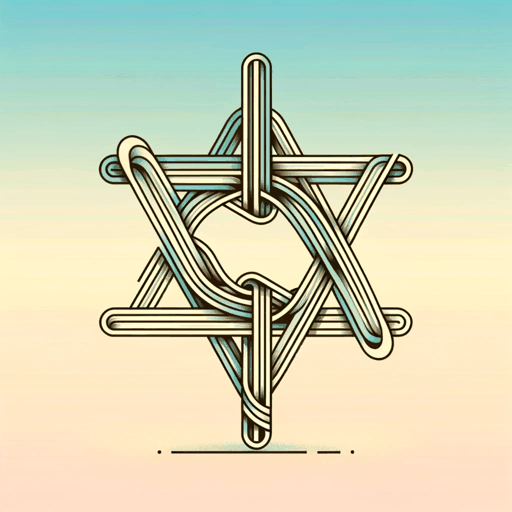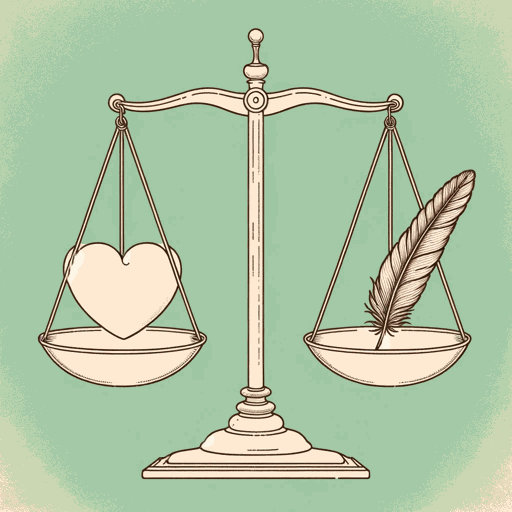48 pages • 1 hour read
Augustine of HippoThe City of God
Nonfiction | Book | Adult | Published in 426A modern alternative to SparkNotes and CliffsNotes, SuperSummary offers high-quality Study Guides with detailed chapter summaries and analysis of major themes, characters, and more.
Symbols & Motifs
The City
As the book’s title suggests, the city is the central symbol of City of God. City-hood is a matter of both this world and the next. The “city of God” is Heaven, certainly, but it also exists wherever Christianity exists on the earth, as the community of believers.
Even the earthly Rome, with all its failings, intimates the true City:
[Rome] had this further purpose, that the citizens of that Eternal City, in the days of their pilgrimage, should fix their eyes steadily and soberly on those examples and observe what love they should have toward the City on high, in view of life eternal, if the earthly city had received such devotion from her citizens, in their hope of glory in the sight of men (205).
This provides a hint of the larger role of the city as symbol: It is a dynamic, collaborative work of striking beauty and grandeur.
As Augustine notes in Book 1, the city is nothing more than a collection of individuals, and its good must be considered as what is good for individuals. But individuals are themselves microcosms of the city, full of different faculties that are sometimes opposed and sometimes aligned. The well-ordered individual, like the well-ordered earthly city, orients its parts to the ultimate reality and goodness of God, like iron filings aligning themselves to a magnet.
Related Titles
By Augustine of Hippo



